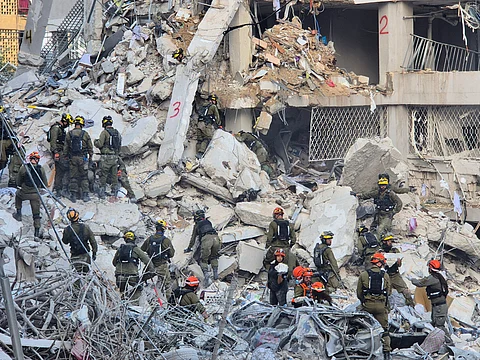

Israel’s economy contracted by 3.5% in the second quarter of 2025, covering the period from April to June, as the impact of the 12-day war with Iran disrupted civilian life and business activity.
According to preliminary figures from Israel’s Central Bureau of Statistics, the decline marks the sharpest quarterly drop since the final quarter of 2023, when the outbreak of the Gaza war caused a 20.8% contraction.
The latest downturn has been attributed to several factors: a steep fall in consumer spending, widespread damage to commercial buildings during the conflict, disruptions in exports, and the mobilization of reservists that once again removed large numbers of workers from the labor force. Business investment, already in decline for two years, also fell sharply in June following the war.
The Finance Ministry has revised its economic growth forecast downward, projecting 3.6% for the year. However, that estimate was based on expectations that major fighting in Gaza would end by October. With the Israeli government recently announcing its decision to fully occupy Gaza—mobilizing tens of thousands of additional reservists—analysts now expect disruptions to continue through the end of the year, and possibly into 2026.
Domestic unrest is compounding the economic pressure. On Sunday, massive protests erupted across Israel, with demonstrators demanding the government secure the release of remaining Israeli captives in Gaza. Israeli media described the rallies—particularly in Jerusalem and Tel Aviv—as the largest and fiercest since the war began, with protestors attempting to block highways in an effort to paralyze the country.
In a striking shift, some demonstrators carried photos of starving Palestinian children—an image not previously seen at Israeli protests, which until now focused primarily on Israeli captives. The inclusion of such imagery reflects what observers say may be a growing division within Israeli society over the humanitarian crisis in Gaza.